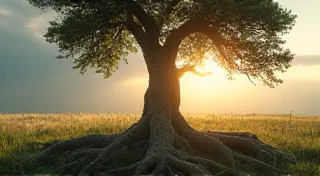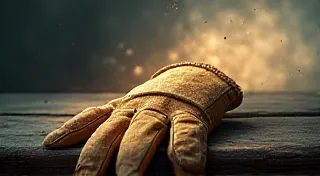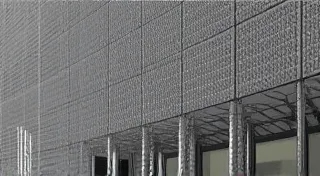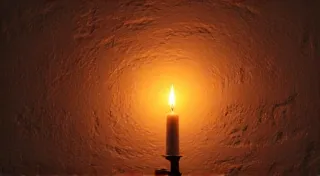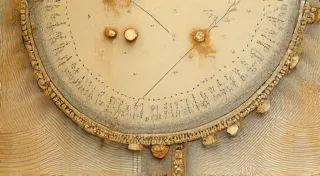The Phantom Aperture: Deciphering Lost Settings in Antique Cameras
There's a profound and melancholic beauty to holding an antique camera. It isn't merely the brass and leather, the intricate clockwork mechanisms, or the weighty feel of the glass lens; it's the feeling of connecting with a past brimming with creativity and ingenuity. These cameras, once tools for documenting life, are now echoes of a lost era, whispering stories of photographers long gone. But sometimes, those whispers are fragmented, incomplete. Sometimes, they involve the elusive, the frustrating, the phantom aperture.
As collectors and enthusiasts, we're drawn to these relics, not just for their aesthetic appeal, but for the challenge they present. Many antique cameras, particularly those from the late 19th and early 20th centuries, lack the clearly marked exposure information we’re accustomed to. Shutter speeds may be faded, aperture scales obscured by wear, or completely absent. This isn’t a failing of the camera itself; it’s simply a reflection of the photographic practices of the time and the realities of manufacturing nearly a century or more ago. Photography wasn’t always the precise science it’s become; it was more about educated guesses, experimentation, and a keen eye for observation.
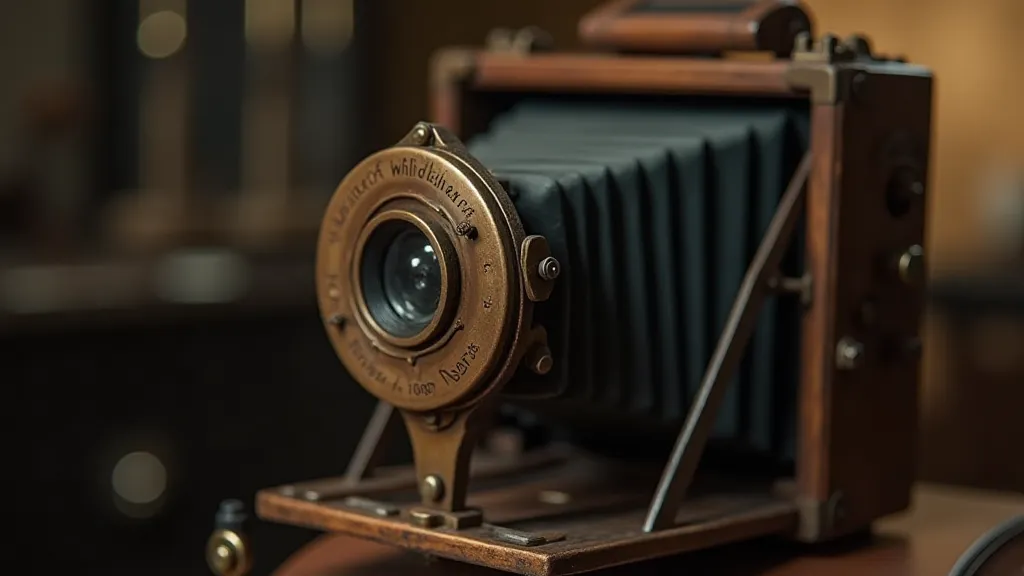
The Era of Guesswork and the "Zone System" Before It Was a System
Early photographic emulsions were significantly less forgiving than modern film. Accurate exposure was crucial, and the process of determining the “correct” settings was an art form developed through years of trial and error. Photographers relied on guidelines published in photographic journals, often based on rudimentary light meters or simple rules of thumb. Exposure tables were frequently provided for different lighting conditions and emulsion types, but these were often subjective and varied widely.
Think about it. These weren't disposable tools. They were investments, often passed down through families. The photographer, more than just a picture-taker, was a craftsman, intimately familiar with his equipment. He understood the nuances of his lens, the sensitivity of his plates, and the interplay of light. He learned to compensate for inconsistencies and "read" the scene intuitively. This isn't to say accurate exposure was always achieved, but the pursuit of it shaped the entire photographic experience.
Decoding the Phantom Aperture: Methods and Challenges
So, what do we do when the aperture scale is illegible, or the shutter speed markings have faded to oblivion? It's a detective's game, a blend of educated guesswork, historical research, and a bit of luck.
Firstly, historical research is key. Knowing the camera model and its production year is the first step. Photographic manuals and journals from the era can provide invaluable clues regarding typical exposure settings for that specific camera and film type. Online forums and collector communities are also incredibly helpful resources. Sharing photographs of the camera and asking for assistance often yields surprising insights.
Secondly, lens characteristics play a significant role. Many antique lenses were manufactured by specific companies with known optical properties. Researching these properties can help estimate the approximate aperture range. For example, a lens made by Bausch & Lomb might have a known focal length and aperture range that can be referenced in their company archives.
Thirdly, physical examination of the camera itself can offer clues. The distance between the lens mount and the film plane can be measured, providing a starting point for estimating the aperture range. Even the presence or absence of certain features, such as a focusing lever or a shutter release mechanism, can offer hints about the camera's design and functionality.
Let's talk about shutter mechanisms. Many early cameras utilized leaf shutters, which are notoriously susceptible to wear and tear. A frozen or sticky shutter can completely distort exposure estimations. Carefully examining the shutter’s movement, if possible, is paramount. A skilled camera technician can often repair or restore these delicate mechanisms, but it’s a specialized skill.
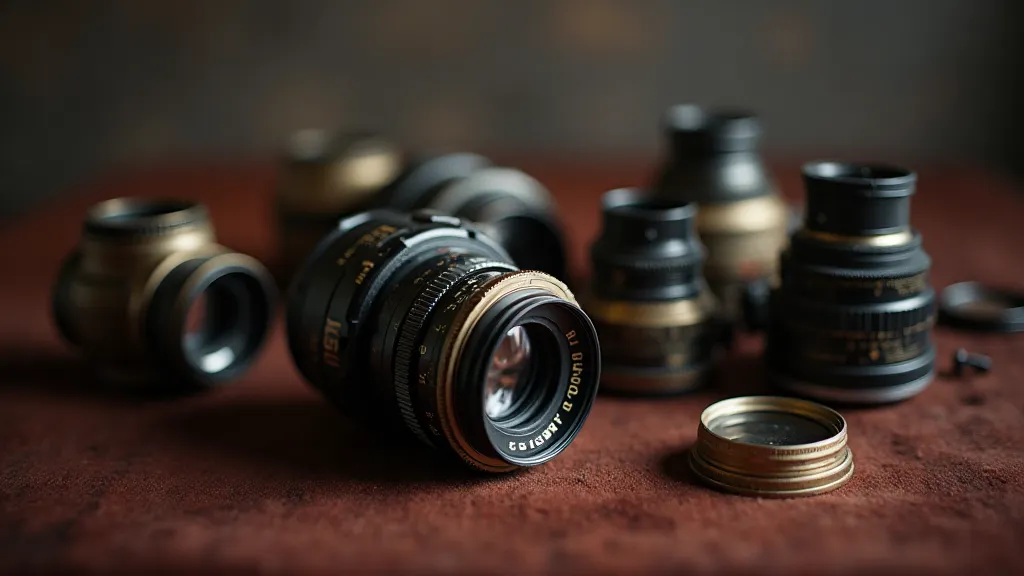
Beyond Exposure: Understanding the Photographic Aesthetic
Ultimately, the quest for accurate exposure in antique cameras isn't just about technical precision; it's about understanding the aesthetic sensibilities of the era. Early photographs often have a distinctive look – a certain softness, a particular graininess, a unique tonal range. These characteristics weren't necessarily the result of inaccurate exposure; they were often intentional artistic choices. The "correct" exposure might have been slightly overexposed or underexposed to achieve a desired effect.
Furthermore, the limitations of early photographic technology often fostered creativity and ingenuity. Photographers were forced to work within constraints, and these constraints often led to innovative solutions and unique artistic expressions. The “phantom aperture,” therefore, isn’t just a technical challenge; it’s a reminder of the ingenuity and resourcefulness of those who came before us.
Preserving the Echoes: Restoration and Collecting Considerations
When acquiring an antique camera, particularly one with obscured settings, it's crucial to approach it with a gentle touch. Aggressive cleaning or attempts at “restoration” can often do more harm than good. A skilled camera technician can clean and lubricate the internal mechanisms, but altering the original finish or attempting to recreate missing markings is generally discouraged.
For collectors, the challenge of deciphering lost settings can be incredibly rewarding. It’s a puzzle that requires patience, research, and a deep appreciation for the history of photography. Each successful exposure, even an approximate one, is a small victory – a moment of connection with the past. And isn't that what collecting antique cameras is all about? It's not just about owning a piece of history; it's about experiencing it.
The "phantom aperture" reminds us that photography, even in its earliest forms, was never merely about recording reality; it was about interpreting it, shaping it, and imbuing it with meaning. And that's a legacy that continues to inspire us today.

